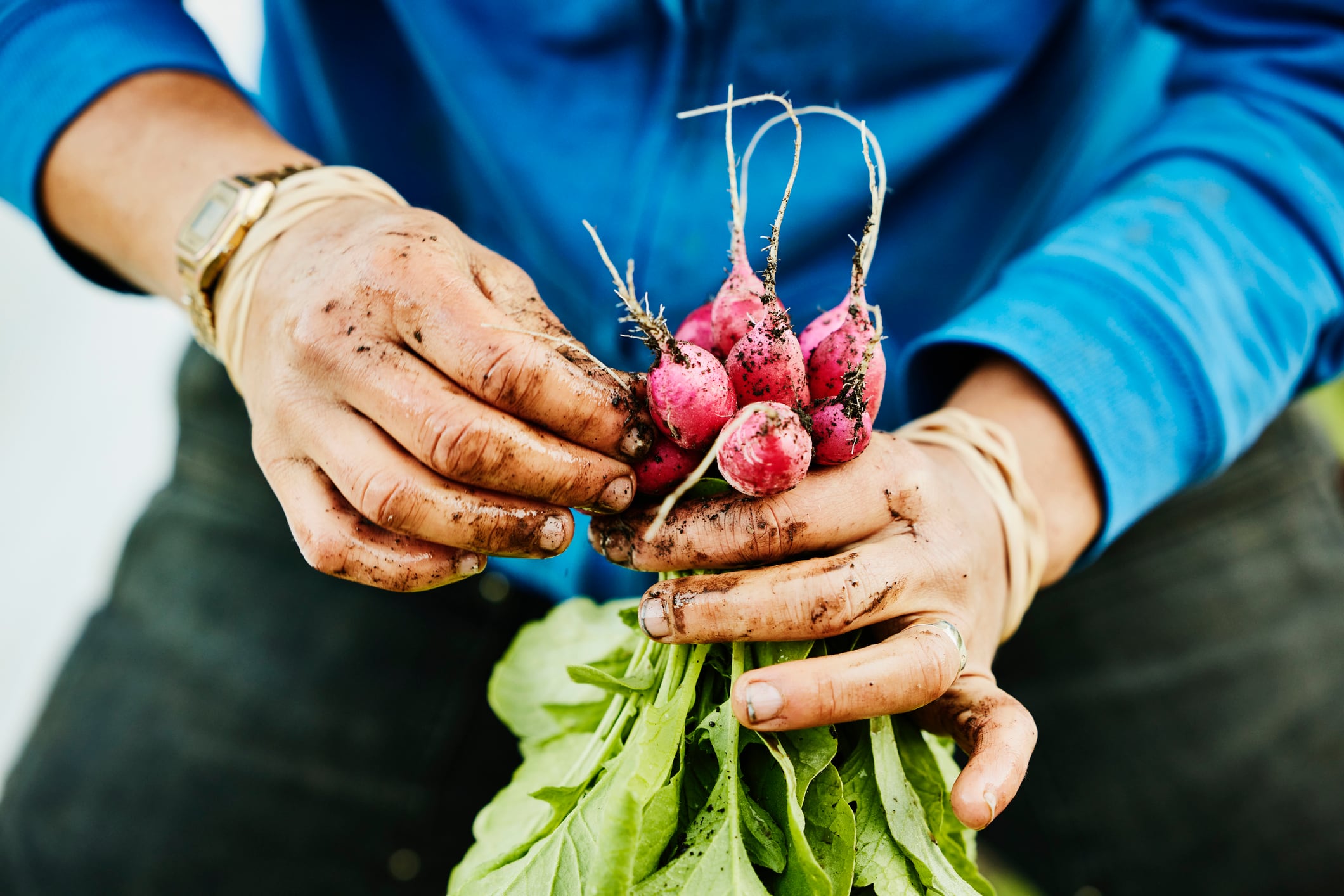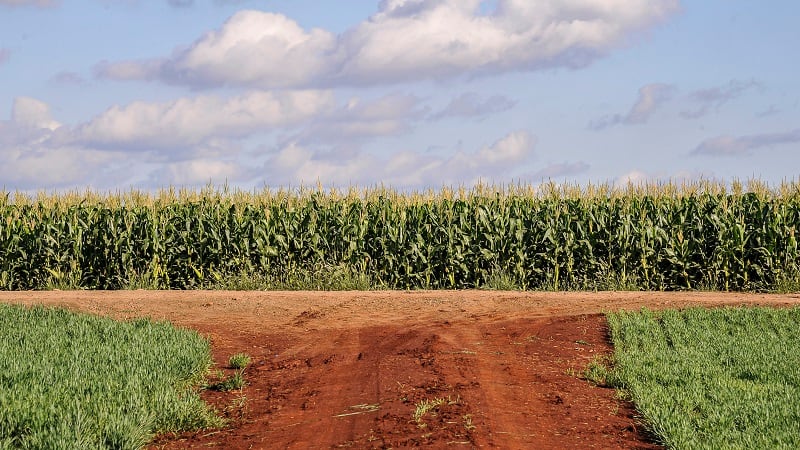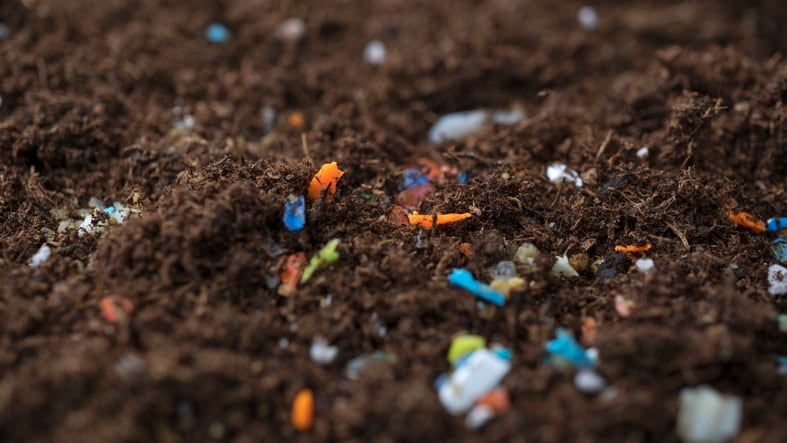Plastic pollution represents a global environmental challenge, and once in the environment plastic can fragment into smaller and smaller pieces.
A new study shows for the first time that some of the tiniest particles found in the environment can be absorbed into the edible sections of crops during the growing process.
The research used radishes to demonstrate, for the first time, that nanoplastics – some measuring as little as one millionth of a centimetre in diameter – can enter the roots, before spreading and accumulating into the edible parts of the plant.
Nanoplastics increasingly present in environment
The researchers said the findings reveal another potential pathway for humans and animals to unintentionally consume nanoplastics particles and other particles and fibres (such as slightly larger microplasics) that are increasingly present in the environment.
It also underscores the need for further research to investigate what is an emerging food safety issue, and the precise impacts it could have on environmental and human health.
The heavy reliance on plastic materials for mulching, irrigation, crop protection, and organic amendments is increasing the presence of nanoplastics in the environment.
Around 40% of micro- and nanoplastics reaching fields remain in soils, posing risks to soil health and entering food chains, according to a separate study.
These plastics can potentially damage human health, though research is still emerging and not yet fully conclusive.
Breaking the protective filter
Plants have a layer within their roots called the Casparian strip, which should act as a form of filter against particles, many of which can be harmful.
This new study – published in the journal Environmental Research – is the first time research has demonstrated nanoplastic particles could get beyond that barrier, with the potential for them to accumulate within plants and be passed on to anything that consumes them.
“There is no reason to believe this is unique to this vegetable, with the clear possibility that nanoplastics are being absorbed into various types of produce being grown all over the world,” warned Dr Nathaniel Clark, lecturer in Physiology at the University of Plymouth.
“Clear evidence that particles in the environment can accumulate in vegetables”
Professor Richard Thompson, director of the Marine Institute, added: “To some extent, these findings shouldn’t be a surprise – after all, in all our previous work we have found microplastic pollution everywhere we have looked for it.
“However, this study provides clear evidence that particles in the environment can accumulate not only in seafood but also in vegetables. This work forms part of our growing understanding on accumulation, and the potentially harmful effects of micro- and nanoparticles on human health.”
The full study – Clark et al: Determining the accumulation potential of nanoplastics in crops: An investigation of 14C-labelled polystyrene nanoplastic into radishes – is published in Environmental Research, DOI: 10.1016/j.envres.2025.122687. It was supported by a grant from the Seale-Hayne Educational Trust (SHET).





